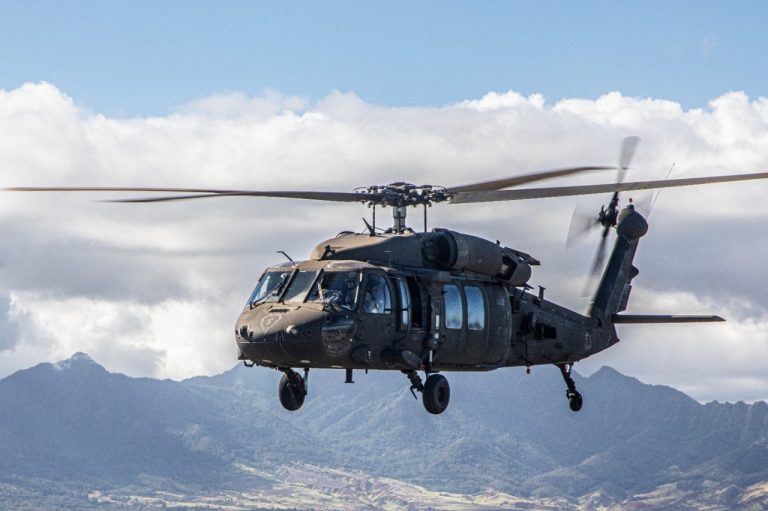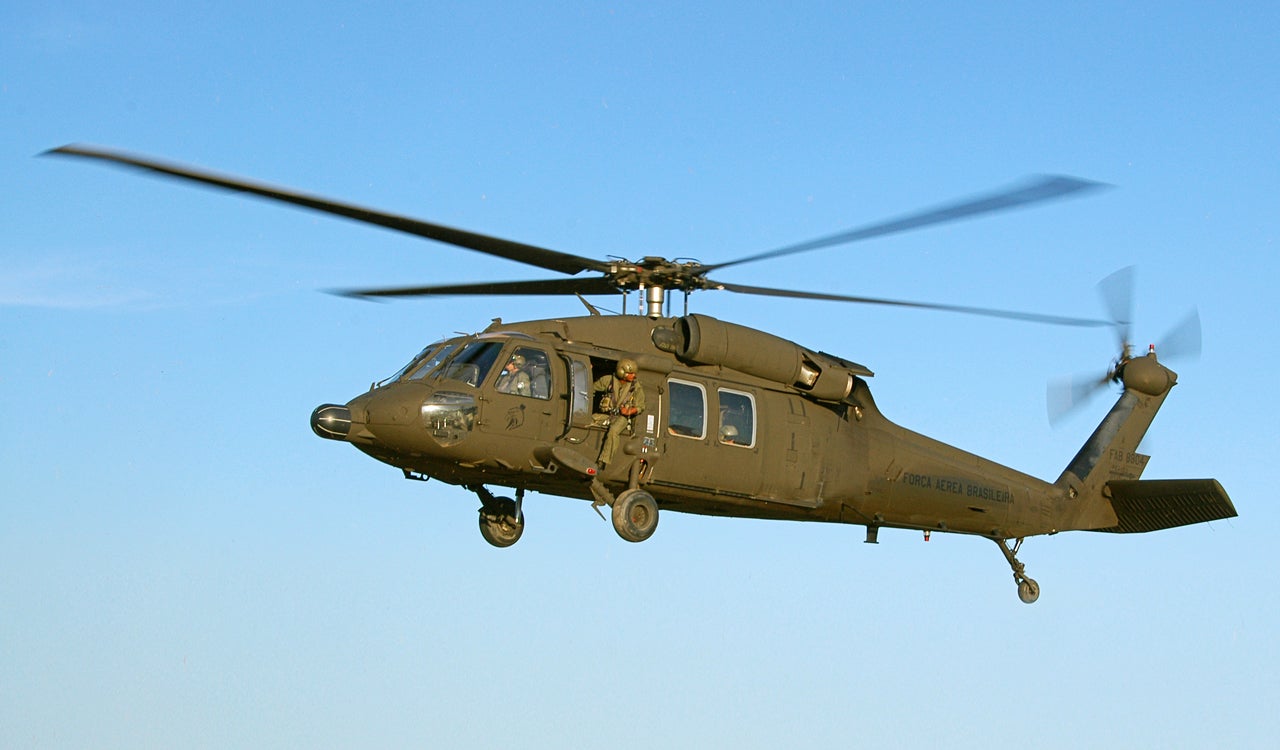UH 60 Black Hawk: Key Functions and Advancements
UH 60 Black Hawk: Key Functions and Advancements
Blog Article
Discovering the Innovative Innovation Behind Aircraft Design and Design
The field of aircraft style and design is witnessing a transformative change driven by cutting-edge technologies that enhance sustainability, efficiency, and performance. As the industry grapples with the obstacles of environmental obligation, growths in lasting air travel technologies promise to improve the future.
Advanced Products in Aircraft Style
Just how can the combination of advanced products reinvent aircraft layout? The incorporation of sophisticated products, such as carbon fiber compounds, titanium alloys, and advanced ceramics, plays a vital duty in boosting airplane efficiency and efficiency. These products use premium strength-to-weight ratios, enabling makers to reduce overall airplane weight without compromising architectural stability. This decrease in weight directly adds to improved fuel effectiveness and boosted haul ability.
In addition, innovative products exhibit boosted resistance to deterioration and exhaustion, causing lower maintenance expenses and extended life span. As an example, the usage of titanium in important components aids hold up against extreme temperature levels and anxieties, while carbon fiber composites give flexibility in layout and manufacturing processes. This flexibility enables for even more wind resistant forms, adding to exceptional performance qualities.
In addition, the combination of wise products, which can alter residential or commercial properties in feedback to external stimulations, opens new methods for adaptive systems in airplane design. uh 60. These innovations assure not only to enhance safety and security and operational performance however likewise to add to sustainability efforts by lessening environmental influence via reduced exhausts. In recap, advanced materials are redefining the landscape of airplane layout, leading the way for a lot more reliable, sturdy, and eco-friendly air travel options
Wind Resistant Developments for Efficiency
Wind resistant technologies play a pivotal duty in enhancing aircraft efficiency, substantially affecting fuel intake and overall performance. Developments in airfoil design, such as the introduction of supercritical wings, enable optimized lift-to-drag proportions, lowering drag at transonic rates. These technologies allow airplane to keep greater speeds with reduced fuel expenditure, straight impacting functional prices and ecological sustainability.
In addition, the assimilation of winglets has actually verified reliable in minimizing vortex-induced drag at the pointers of wings, further improving fuel efficiency - uh 60. This layout adjustment brings about a decrease in wake disturbance, adding to enhanced aerodynamic efficiency during cruise conditions

In addition, computational fluid characteristics (CFD) tools have actually changed the testing and refinement of aerodynamic shapes, enabling for specific simulations of airflow around airplane (uh 60). This allows engineers to introduce continuously, making sure that modern-day aircraft not only satisfy regulatory criteria but additionally press the boundaries of efficiency in air travel

Role of Computer Simulations
Computer system simulations have become a crucial tool in the field of aircraft layout, making it possible for engineers to conduct comprehensive analyses and optimizations of various style elements. These simulations permit the online screening of wind resistant buildings, structural stability, and efficiency metrics long prior to physical prototypes are developed. By utilizing computational fluid dynamics (CFD) and finite additional hints aspect analysis (FEA), engineers can predict just how air moves around the airplane and exactly how different products will react to tension and strain.
Moreover, computer system simulations promote the exploration of a vast array of circumstances and variables, accelerating the layout process and minimizing costs linked with physical testing. This ability not just improves the precision of predictions concerning aircraft habits yet also provides understandings into potential layout improvements that could not be right away evident with traditional methods.

Additionally, simulations help guarantee conformity with rigid safety and security regulations by enabling engineers to identify and correct possible concerns early in the design phase. The integration of simulation technologies right into the aircraft layout process underscores the considerable advancements in design methods, inevitably adding to the development of safer, extra efficient, and environmentally pleasant aircraft.
Artificial Intelligence in Design
Expert system (AI) is reinventing the engineering landscape, particularly in aircraft design, by improving decision-making processes and optimizing design workflows. Via maker discovering algorithms, AI can assess vast datasets, revealing patterns Going Here and insights that educate layout selections and enhance general effectiveness.
AI applications in aircraft style include generative layout, where formulas produce numerous style alternatives based on defined criteria, allowing designers to evaluate a wider array of possibilities. This not only speeds up the style stage but additionally ensures that the final items fulfill rigorous efficiency and safety requirements.
In addition, AI-driven anticipating analytics assist in upkeep organizing by evaluating historical information and forecasting potential failings. This aggressive strategy decreases downtime and boosts airplane reliability.
Additionally, AI help in simulation and modeling, allowing designers to check layouts under various conditions without the requirement for physical prototypes. This ability shortens development timelines and minimizes expenses linked with traditional screening methods.
Lasting Air Travel Technologies
The solution exists in the fostering of sustainable air travel technologies that focus on efficiency and reduce carbon exhausts. Innovations such as sustainable aeronautics gas (SAFs), which are obtained from renewable sources, have arised as an essential part in accomplishing lower lifecycle emissions.
Furthermore, developments in airplane layout, such as the growth of lighter materials and more aerodynamically effective forms, add to improved gas effectiveness. Electric and hybrid propulsion systems are additionally getting traction, offering a path to lower dependence on fossil fuels and decrease greenhouse gas exhausts.
The integration of these innovations is sustained by regulative frameworks and sector cooperations targeted at establishing enthusiastic sustainability targets. Electronic devices like information analytics and synthetic intelligence can enhance flight procedures, further enhancing gas effectiveness. By Get More Information embracing sustainable techniques and modern technologies, the air travel market can not just meet the expanding demand for flight however additionally play an essential function in resolving climate change, guaranteeing a much more lasting future for air transportation.
Verdict
The convergence of sophisticated products, wind resistant innovations, and advanced innovations notes a substantial advancement in airplane layout and engineering. The combination of carbon fiber compounds, titanium alloys, and AI-driven procedures not just enhances performance and effectiveness however additionally enhances workflows and predictive maintenance. The continuous development of sustainable air travel technologies underscores a dedication to ecological responsibility, leading the way for a greener future in aviation. This continuous innovation will shape the industry's trajectory for many years to come.

Computer simulations have come to be an essential device in the field of airplane style, allowing designers to carry out in-depth analyses and optimizations of numerous style facets.The merging of sophisticated materials, wind resistant innovations, and innovative technologies marks a significant evolution in aircraft design and engineering.
Report this page